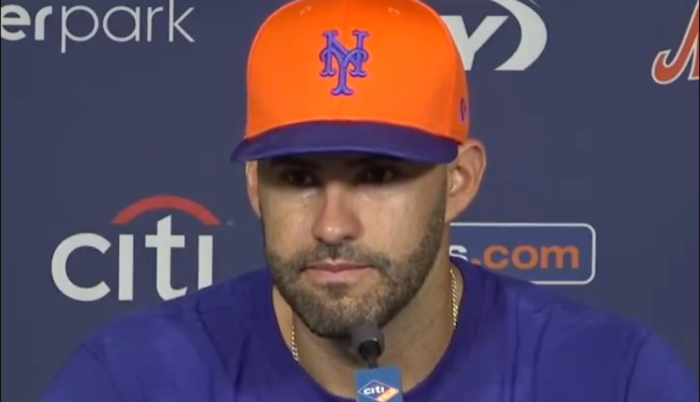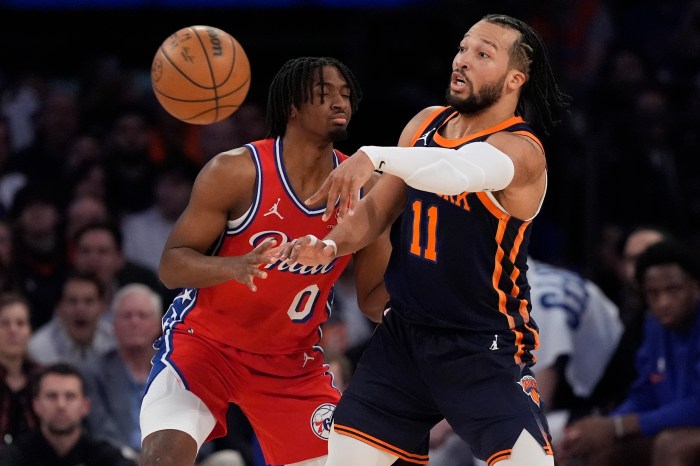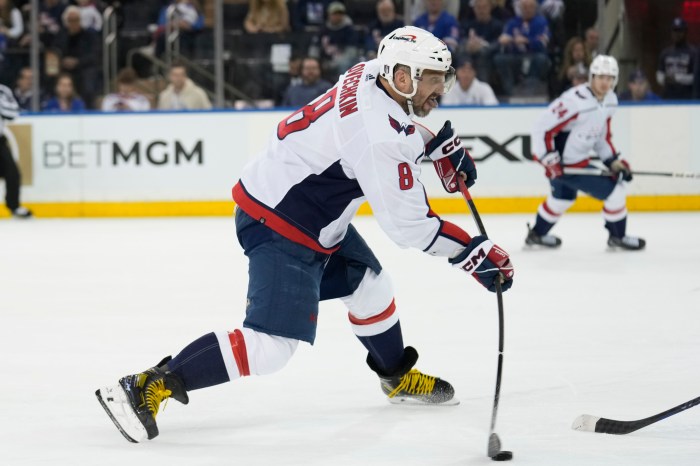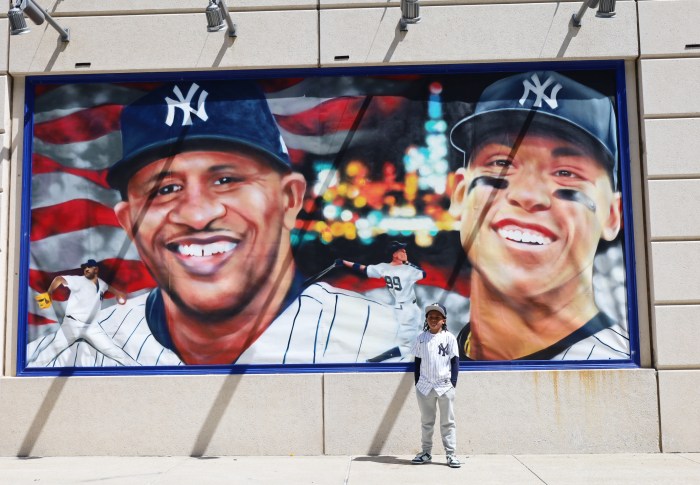For pro football fans in the city, it’s not easy being green. For that matter, it’s not easy being blue, either.
This season has been a miserable one for both the Giants and Jets. The Giants are 3-9 and mired in a seven-game losing streak, while the Jets are marginally worse at 2-10.
Both franchises have seen their fair share of struggles throughout their respective histories — more true in the Jets case given the 46-year Super Bowl drought — but this season might go down as one of the worst on record for each team.
For context, here’s a look back at some of the worst seasons in both the Giants’ and Jets’ post AFL-NFL merger (1970) history.
Mid-1970s GiantsBig Blue was pretty bad for most of the decade, but 1973, 1974 and 1976 were particularly putrid.
The Giants went unbeaten in their first two games of 1973 but lost all but one of the rest to finish 2-11-1. The next year didn’t go any better as they lost a record 12 games and won just twice. It didn’t help that the team didn’t have a home of its own, playing most games at the Yale Bowl in Connecticut and even a few at Yankee Stadium. The Giants won just once at the Yale Bowl over that period.
By 1976, Giants Stadium was finally complete, giving the franchise a field to call its own. Unfortunately, it took some time before the Meadowlands finally saw a winning team. The Giants lost their first nine games that year — three at home — before barely salvaging the season with three wins over their final five games.
Mid-1970s JetsAt least the Giants weren’t being overshadowed by the Jets. Gang Green had problems of its own in the 1970s. Two years after their first and only Super Bowl victory, the Jets joined the NFL, and it took them awhile to adjust. However, a three-year stretch beginning in 1975 stands out for its futility.
By this time, “Broadway” Joe Namath’s play was declining due to numerous injuries over the years. Namath threw a league-worst 28 interceptions in 1975 as the Jets lost 10 of their final 11 games.
The next year was Namath’s last in New York, and the first and last under coach Lou Holtz — better known for his success years later at Notre Dame. It was another disappointment as the Jets both began and ended the 1976 season with four-game losing streaks.
In 1977, the Jets finished 3-11 for the third consecutive year for their third different coach — this time Walt Michaels. The lone bright spot from this year was the selection of defensive lineman Joe Klecko in the sixth round of the draft. Klecko went on to be a major part of the Jets’ success in the early 1980s and an eventual Pro Football Hall of Famer.
1983 GiantsEven with Lawrence Taylor manning the middle on defense as one of the NFL’s top players, there wasn’t enough to keep the Giants afloat one year after the league strike.
First-year coach Bill Parcells decided to remove Phil Simms as the team’s starting quarterback to start the year, opting for Scott Brunner instead.
The Giants season started OK enough at 2-2. After that it was all downhill. A struggling Brunner was replaced by Simms midway through an Oct. 9 game against the Eagles, but Simms suffered a season-ending thumb injury later in the game. Big Blue won just once more all year and finished 3-12-1.
Even after such a disastrous season, the Giants decided to give their coach another chance. It was a wise choice, as Parcells led the team to a pair of Super Bowl titles over the next seven seasons, thanks in large part to both Taylor and Simms.
Mid-1990s JetsThe Jets were 6-5 entering a Nov. 27, 1994, home game against the Dolphins, and they were poised to win that contest before Dan Marino’s infamous fake spike for Miami led to the game-winning touchdown. They failed to win again that season.
It got worse the following year when coach Pete Carroll was replaced by Rich Kotite. They went 3-13, which was worse than the expansion Panthers and Jaguars. The Jets were the first team to lose to Carolina.
But it wasn’t until 1996 that Gang Green hit rock bottom. A concussion in 1995 ended quarterback Boomer Esiason’s three-year stint with the Jets, so the team signed Neil O’Donnell fresh off a Super Bowl appearance with the Steelers.
The move failed as the team started three different passers en route to an abysmal 1-15 season. Just end the season, indeed.

















